Can The F-type Save Jaguar? Predicting the Fates of Ford's Offloaded Luxury Brands
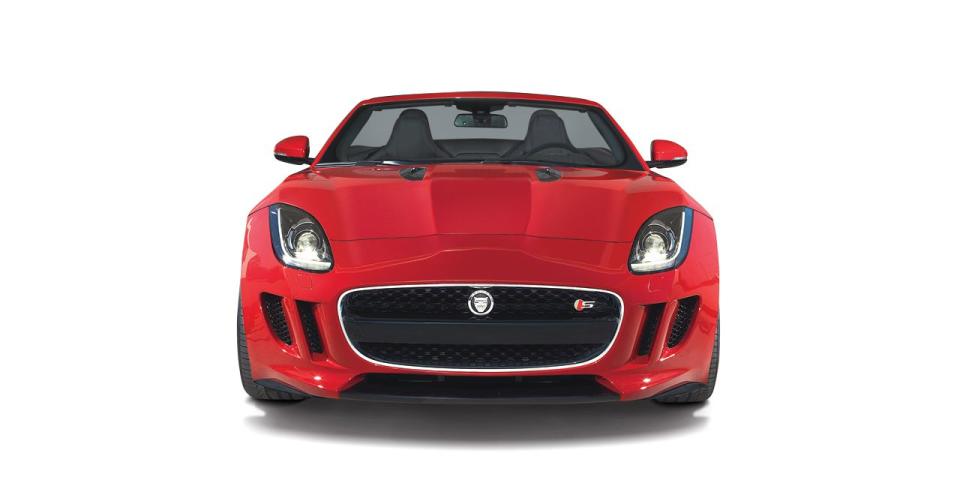
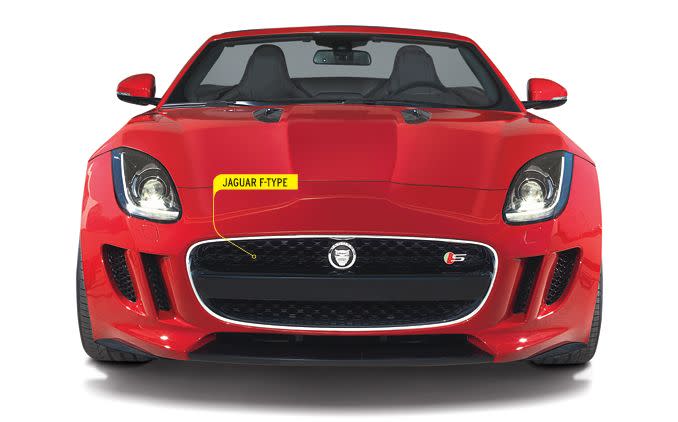

Midway through 2010, Ford shed Volvo, the last lingering vestige of its Premier Automotive Group (PAG). Having once encompassed Aston Martin, Jaguar, Land Rover, Lincoln, and Volvo, PAG finally sank completely beneath the waves with the sale of the Swedish safety king to Chinese automaker Geely. Ford is still dragging Lincoln around, but it parted out the foreign makes at tremendous loss. What PAG cost during its nine-year run only Ford knows—and many erstwhile executives would no doubt like to forget. Things aren't looking much better for the former PAG brands under their current owners:
jaguar/land rover
acquired: (jaguar) 1990, $2.4 billion; (land rover) 2000, $2.8 billion
purged: 2008, $2.3 billion
buyer: mumbai-based tata motors
prognosis
Ford's attempt to integrate only the retail operations of Land Rover and Jaguar utterly failed. Land Rover ran hot and cold, but Jaguar never turned a profit under Ford. Tata acquired Rover for half a billion dollars less than Ford had paid with Jaguar tossed in for free. As Ford learned with PAG, it's hard for niche manufacturers to survive in today's automotive climate. Under Tata's wing, the two companies are being fully integrated, with the intent of achieving true economies of scale and balancing product-development cadence. Think of Jaguar and Land Rover as one full-line manufacturer selling under two brand names. Between the two, they've got much of the market covered, although important high-volume slots remain dangerously void.
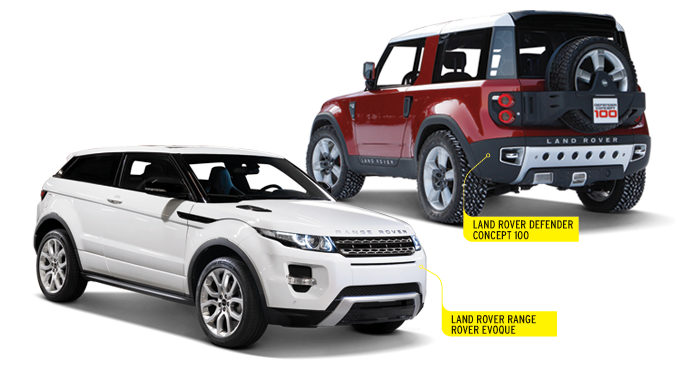
The small, sporty Evoque has been well-received globally, but the entry-level LR2 was only face-lifted for 2013; what it really needs is a full redesign. With premium compact crossovers selling in huge numbers, Land Rover cannot afford to be a step behind. Jaguar is in a similar position. The lack of a product in the BMW 3-series/Mercedes-Benz C-class market is a serious omission from its portfolio, and there are no known plans to rectify that.
Both brands have instead been devoting time and energy to halo vehicles. While the recently unveiled Jaguar F-type will generate excitement and provide a much-needed sports-car icon for the brand, it's unlikely to produce the profits Jaguar needs for the next couple of years. The down-in-the-mud Defender arguably has the largest potential market of any Land Rover. At its peak, more than 40 percent of Defender deliveries were special-service models for police, emergency service, and military applications. As the vehicle has aged, those numbers have dropped. A project is under way to develop a successor [see Defender Concept 100, above], but as with all things in the Jaguar/Land Rover family, timing is critical. The company is too narrowly focused for the 21st-century premium market and needs to start bringing in cash—fast.
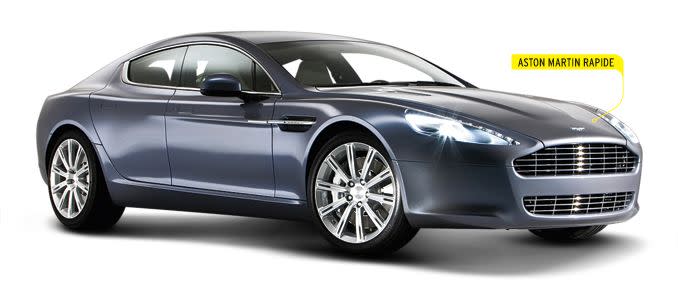
aston martin
acquired: 1995, $200 million (est)
purged: 2007, $848 million
buyer: a group of investors including david richards, chairman of the racing enterprise prodrive; kuwaiti investment funds adeem investment company and investment dar; and aston ceo ulrich bez. ford retained a $77 million stake.
prognosis
While the combination of high pricing and low-volume production provides some cover during economic decline, Aston Martin needs to make changes to keep the cash flowing. Significantly, it recently transferred production of the four-door Rapide to its own facility in Gaydon, Warwickshire, U.K. (At launch, contract assembler Magna Steyr built the Rapide.) Aston had planned for 2000 sales annually but never realized that goal. At Gaydon, the company can build roughly 1000 Rapides a year. The facility's total annual capacity is around 8500 cars, but output is running well short of even the 5500 to 6000 needed to break even. Still, if Aston can sustain itself long enough to establish a foothold in the Chinese and Indian markets—say 30 to 36 months—it should be around for a good while longer.
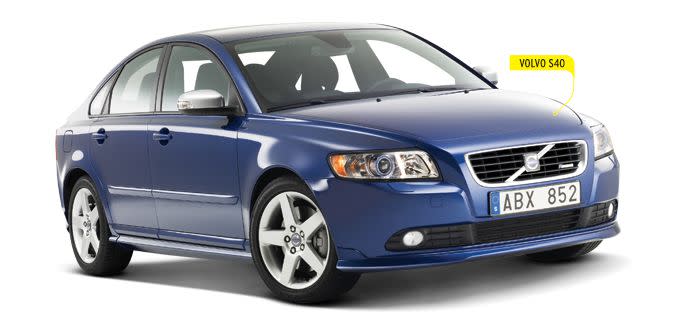
volvo
acquired: 2000, $6.5 billion
purged: 2010, $1.5 billion
buyer: chinese automaker geely
prognosis
The first Western carmaker to fall under Chinese ownership, Volvo is seen as a bellwether for such acquisitions. It hasn't been an easy transition. The slow-selling C30 and S40 have been killed, and while the company's volume products are reasonably fresh, each is connected at the hip with a Ford component set—some of which are being phased out. Unless it partners with another high-volume carmaker, Geely will have to significantly increase component sharing—if not outright platform sharing—between its Chinese products and Volvo's. Generally speaking, the smaller Volvos and larger Geelys could be merged onto a shared architecture, but today's Chinese components fall well short of expected Volvo quality. The rest of Volvo's range is significantly larger than anything Geely builds. That might be why Geely recently announced plans to position an upmarket Chinese brand between its existing nameplates and Volvo. Such a brand would help reach critical purchasing and manufacturing mass, a gilt-edged priority.
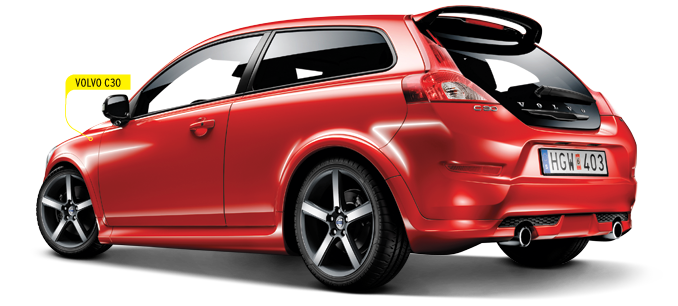
Geely is looking at the Chinese market to boost Volvo sales, but those cars would have to be manufactured in China. This raises an ongoing issue for Volvo's viability: excruciating Swedish labor costs. If Geely decides to build some Volvos in China, at what point do Volvo's Swedish operations become too expensive to maintain? Chinese consumers are hungry for European brands, but if Volvo vacates Sweden, will buyers still see it as Swedish? The rest of the world will almost certainly care if Volvos become Chinese.
You Might Also Like

 Yahoo Autos
Yahoo Autos 